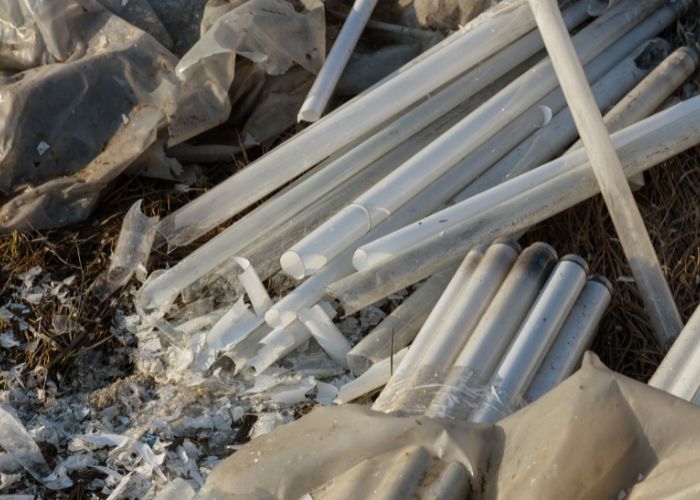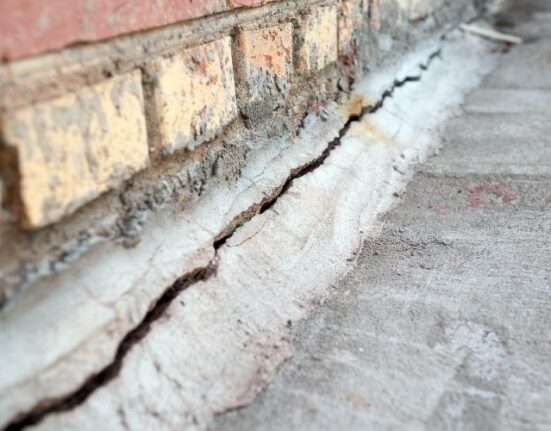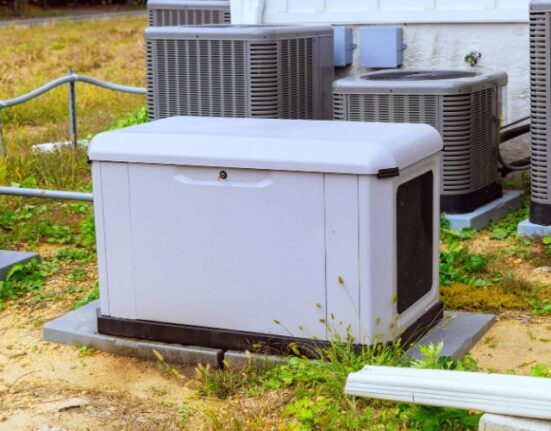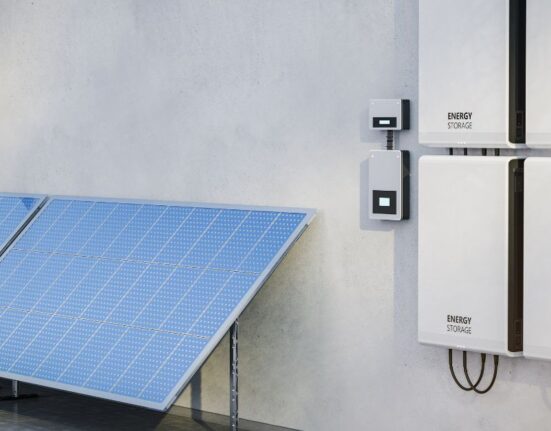Hazardous waste isn’t restricted to factories, mills, and other industrial facilities. In fact, several substances that are quite dangerous to people and the planet are commonly found around the house. You probably use them every day without knowing what they’re capable of once they’re released into the wild, as it were. Here are five common household items considered hazardous waste and how you can prevent or lessen their effects on the ecosystem.
Batteries
Batteries bring us power where we need it, when we need it. Unfortunately, the power they generate comes from chemicals within their casings. Older and rechargeable batteries often contain heavy metals like lead, cadmium, and mercury.
When simply tossed in with the regular trash, batteries may end up in a landfill where they leach into the soil and water, contaminating both. Car batteries are especially bad this way.
Don’t throw batteries in with the rest of the trash. Collect them in a plastic bin and deliver them to a local recycling center or a designated drop-off location. Many communities provide special trash disposal programs and recycling events. Electronic stores may also collect batteries for proper recycling.
Paint and Paint Thinners
How dangerous can paint be? It is very dangerous, in fact, especially if it’s oil-based and contains volatile organic compounds (VOCs), among other unhealthy substances. Once these chemicals and compounds escape their cans, they may enter the soil, water, and air, contaminating them.
Once again, your community may offer a special disposal program for paint. If not, use up as much paint as possible, donate excess paint, or fill the cans with cat litter and seal them before throwing them away.
Pesticides and Herbicides
Pesticides and herbicides are intended to kill unwanted animals or plant life. Unfortunately, poison doesn’t discriminate between “good” and “bad” animals and plants, or people for that matter. Improper disposal, again, leads to leaching, which leads to soil and water contamination and harm to living things.
Read the label for specific disposal instructions, and never, ever pour these or other chemicals down the drain. Many communities have hazardous waste collection programs that accept pesticides and herbicides.
Fluorescent Light Bulbs
Fluorescent light bulbs, including compact fluorescent lamps (CFLs), contain small amounts of mercury, a deadly poison. When broken, mercury vapor may escape, poisoning the air and contaminating the environment. Once mercury enters a living creature’s system, it remains there for a very long time.
Avoid breaking fluorescent bulbs and call local home improvement stores and recycling centers to see if they process CFLs and other fluorescent bulbs.
Electronic Waste (E-Waste)
It’s an amazing age of technological breakthroughs. Unfortunately, electronics get old fast and are replaced at an increasingly high rate. Electronics contain hazardous materials, such as lead, mercury, cadmium, and brominated flame retardants, which can contaminate soil and water and injure plants, animals, and human beings.
Many communities offer recycling programs for e-waste, and manufacturers and retailers usually have takeback and exchange programs in place. Also, you can easily find e-waste facilities online. If your e-devices still work, however, consider donating them to schools, nonprofits, and similar institutions.
Those are just five common household items considered hazardous waste. Perform an audit of your household’s current waste output, and take time to reuse and recycle and reduce your status as a waste generator. Make a big impact on the ecosystem’s health as well as the health of your community!

















